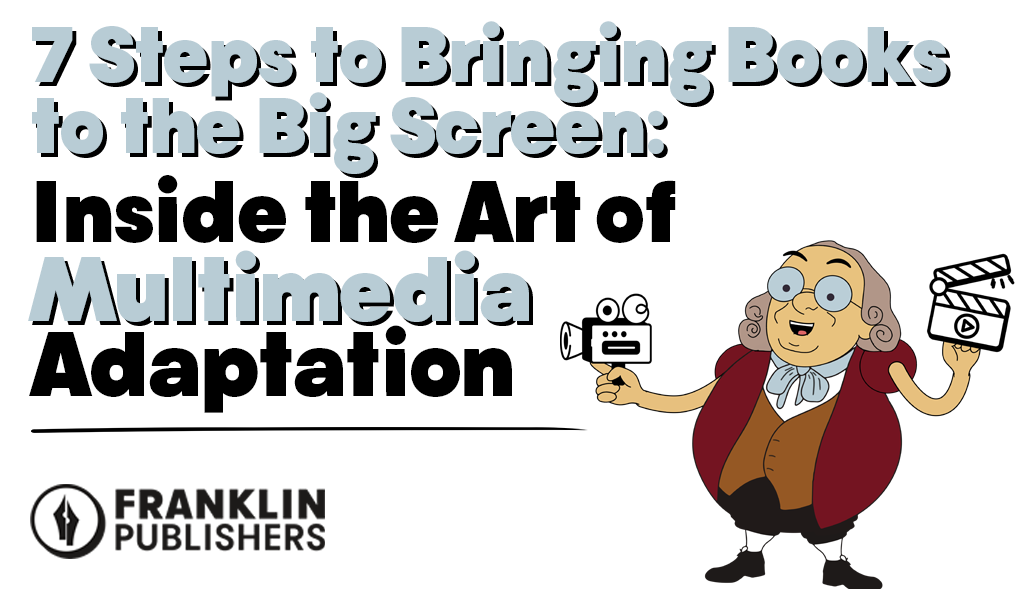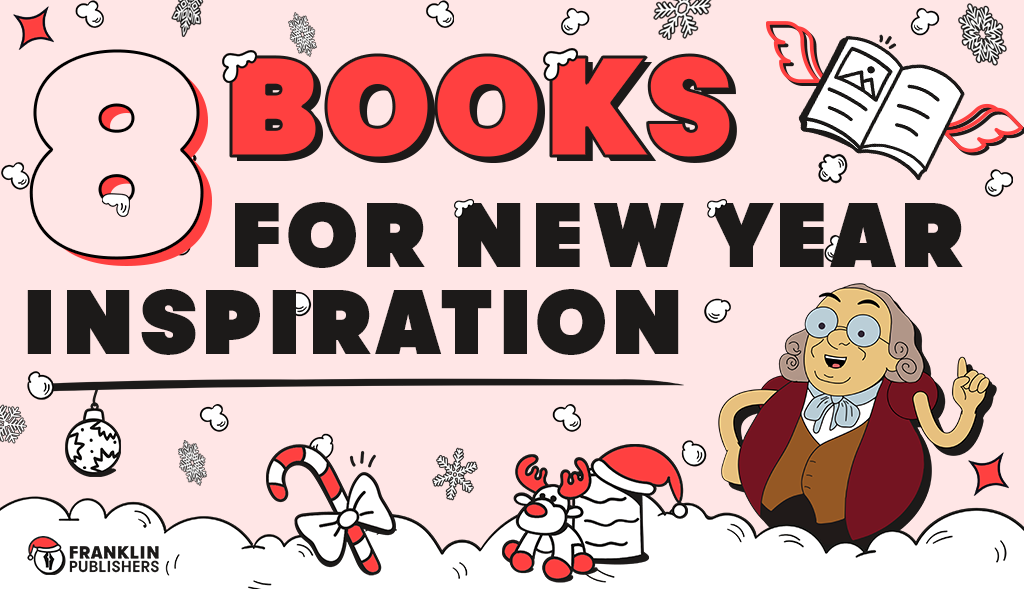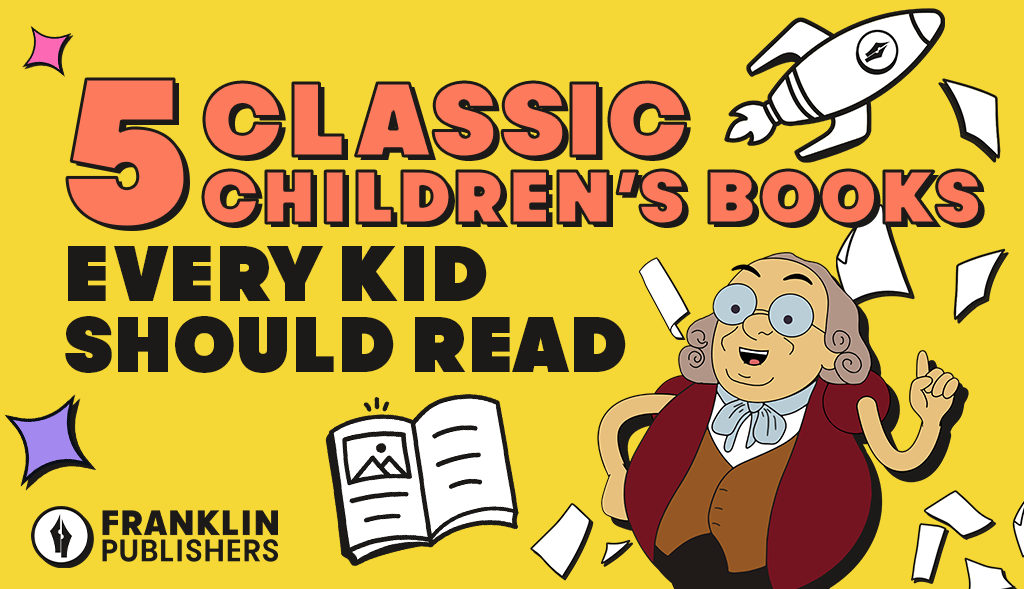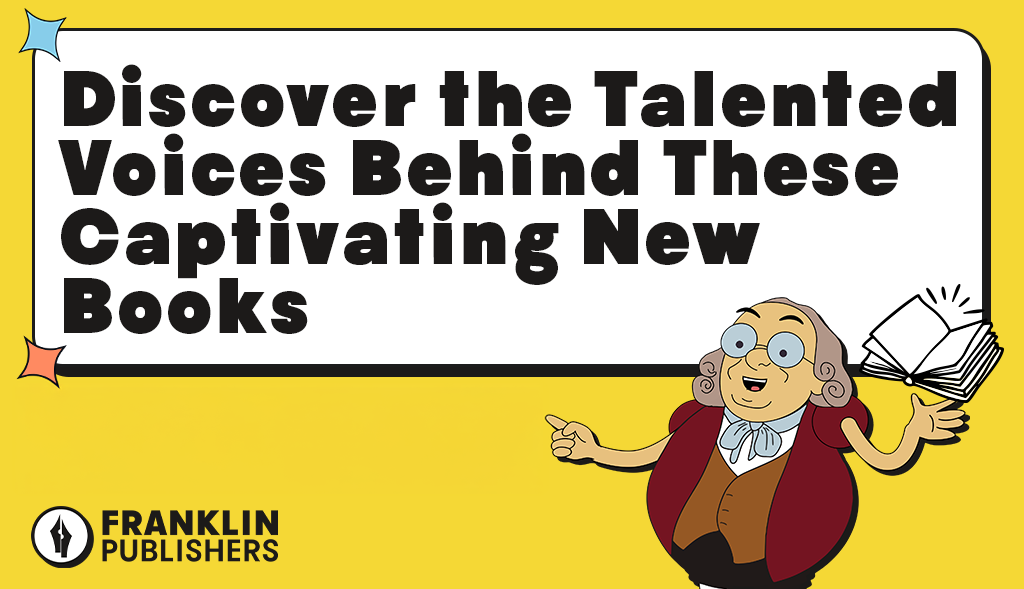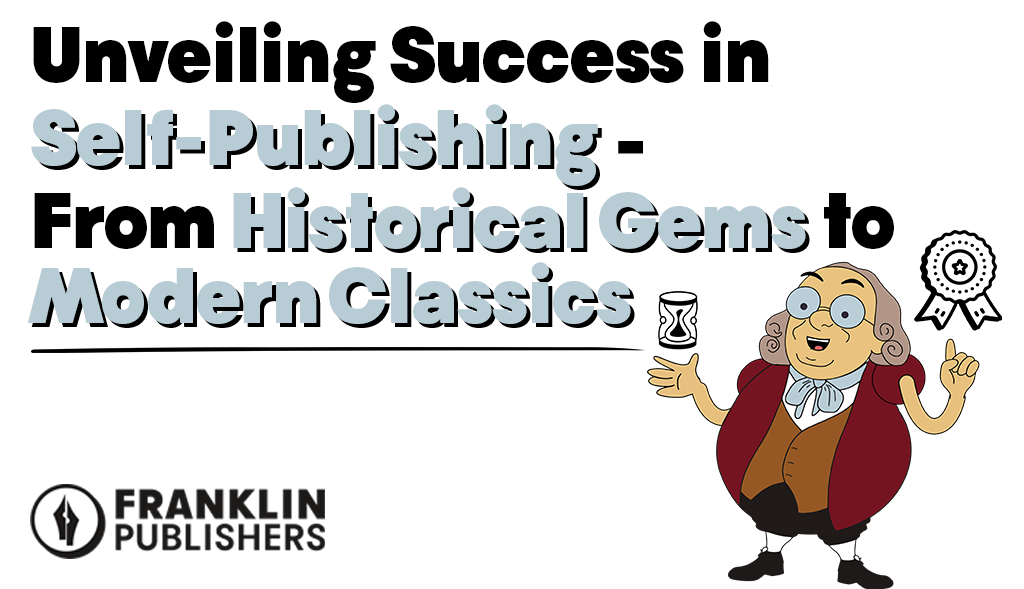1. The Adaptation Process: Turning Words into Visuals
Adapting a book for film or TV starts with translating the written word into a visual medium. This step often involves screenwriters who specialize in adaptation, working closely with the source material to identify which parts of the story will resonate best on screen. Screenplays are formatted differently from books; they focus on dialogue, scene descriptions, and action, leaving room for directors and actors to bring additional layers to the story.
For instance, a 300-page novel might be condensed into a 120-page script by focusing on the central plot and removing subplots that don’t serve the main storyline. This process requires skillful editing and adaptation techniques to retain the essence of the story while meeting time and format constraints.
For more on preserving a story’s core themes during adaptation, check out Mastering Reader Magnets, which explores techniques to keep audiences engaged while adapting narratives.
2. Choosing Adaptable Stories: What Works Best?
Not every book is easily adaptable to film or multimedia formats. Stories with strong visual elements, engaging plots, and dynamic characters are often better suited for the screen. Plot-driven novels, action-packed adventures, and fantastical settings, like Harry Potter or The Lord of the Rings, lend themselves naturally to a cinematic experience, while introspective or internal narratives, like The Catcher in the Rye, may face challenges in adaptation.
Not every book is easily adaptable to film or multimedia formats. Stories with strong visual elements, engaging plots, and dynamic characters are often better suited for the screen. Plot-driven novels, action-packed adventures, and fantastical settings, like Harry Potter or The Lord of the Rings, lend themselves naturally to a cinematic experience, while introspective or internal narratives, like The Catcher in the Rye, may face challenges in adaptation.
3. Creative Liberties: Finding the Balance
One of the key debates in adaptation is how closely a movie should follow its source material. Some films remain extremely faithful to the book, while others take creative liberties, either to enhance visual appeal or to provide fresh perspectives. A prime example is The Shining, where Stanley Kubrick’s film deviates significantly from Stephen King’s novel, resulting in a cinematic classic that stands on its own.
However, caution is essential. Taking excessive liberties can lead to backlash from fans who value fidelity to the source material. Franklin Publishers recommends balancing creative interpretation with authenticity. Their team collaborates closely with authors, ensuring the adapted screenplay retains the book’s spirit while making necessary adjustments for the new medium.
4. The Role of Casting and Visual Design
Casting is pivotal in bringing characters to life. The right actor can embody a character’s traits, making them memorable and relatable. Visual design also plays a crucial role; set design, costumes, CGI, and special effects are all used to create a convincing world that stays true to the book’s description. Visuals are especially important in genres like fantasy and sci-fi, where imaginative settings play a big role.
For a successful adaptation, Franklin Publishers’ multimedia services focus on these visual elements early in the development process, collaborating with designers and artists to create pitch packages. These include character breakdowns, loglines, and visual mock-ups that help potential studios and producers visualize the story’s potential on screen.
5. Common Pitfalls to Avoid in Adaptations
While the adaptation process can yield incredible results, it also comes with challenges. Here are some common pitfalls:
- Overcomplicating the Plot: Attempting to include every subplot from a book can overwhelm the film’s narrative. Simplifying the plot is crucial for a focused, cohesive experience.
- Neglecting Key Themes: Successful adaptations focus on the central themes of the book. Drifting too far from these themes can alienate the original fan base.
- Casting Missteps: Miscasting can disrupt a character’s believability, which is why thoughtful casting is essential to the adaptation’s success.
By guiding authors through the adaptation process, Franklin Publishers ensures these pitfalls along with some of the more uncommon ones are minimized, maintaining the story’s core while making necessary adjustments for the screen.
6. Franklin Publishers: Your Partner in Film and Multimedia Adaptation
Franklin Publishers offers a comprehensive range of services for authors looking to see their work adapted for film and multimedia. Here’s how they assist:
- Screenplay Development and Formatting: Franklin Publishers helps authors translate their manuscripts into professional screenplays, guiding them through industry-standard formatting, visual storytelling techniques, and dialogue creation.
- Story Structure Consultation: By analyzing the book’s structure, Franklin’s team identifies the core elements that will translate best on screen, helping authors refine the narrative for visual media.
- Scene Creation and Breakdown: Franklin Publishers assists authors in mapping out their scripts, creating detailed scene lists and breakdowns to ensure a well-paced, visually engaging adaptation.
- Studio Pitch Packages: To make a strong impression on producers, Franklin provides pitch packages that include loglines, synopses, character breakdowns, and sample scenes, helping authors showcase the adaptation’s potential.
By collaborating with Franklin Publishers, authors gain access to a network of industry professionals and the support they need to navigate the multimedia adaptation process successfully.
7. Beyond Movies: Exploring Interactive and Multimedia Adaptations
With advancements in technology, books aren’t just adapted into movies or TV series anymore. Interactive media, such as video games and virtual reality, allows audiences to engage with stories in unprecedented ways. Adaptations like The Witcher, which expanded from novels into video games and a Netflix series, showcase the vast possibilities for multimedia adaptations. Franklin Publishers recognizes the potential in these formats and can advise authors on exploring options beyond traditional film.
Why We Love Adaptations
Adaptations allow fans to experience beloved stories in new ways, whether through visual storytelling, immersive settings, or interactive experiences. They bring books to life, opening doors for new audiences while celebrating the original work. A successful adaptation honors the core of the story while reimagining it to fit a new medium.
Frequently Asked Questions (FAQ)
Q: What makes a book suitable for film adaptation?
Stories with strong visuals, engaging plots, and dynamic characters often work best. Franklin Publishers also considers elements like plot structure and themes to determine adaptability.
Q: How does Franklin Publishers help authors with the adaptation process?
Franklin Publishers offers services from screenplay development to studio pitch packages. They provide structured guidance to adapt stories for film, TV, or multimedia formats.
Q: How much creative liberty is usually taken in adaptations?
It varies by project. While some adaptations stay very close to the book, others make changes for visual appeal or to fit time constraints. Franklin Publishers collaborates with authors to balance creative interpretation with faithfulness to the story.
Q: Can books be adapted into formats other than movies or TV shows?
Absolutely! Books can be adapted into video games, virtual reality experiences, and more. Franklin Publishers can advise authors on various multimedia opportunities for their stories.
Q: What is included in a pitch package for studios?
Pitch packages from Franklin Publishers include loglines, synopses, character breakdowns, sample scenes, and additional marketing materials that help studios visualize the project’s potential.
Adaptations allow fans to experience beloved stories in new ways, whether through visual storytelling, immersive settings, or interactive experiences. They bring books to life, opening doors for new audiences while celebrating the original work. A successful adaptation honors the core of the story while reimagining it to fit a new medium.

